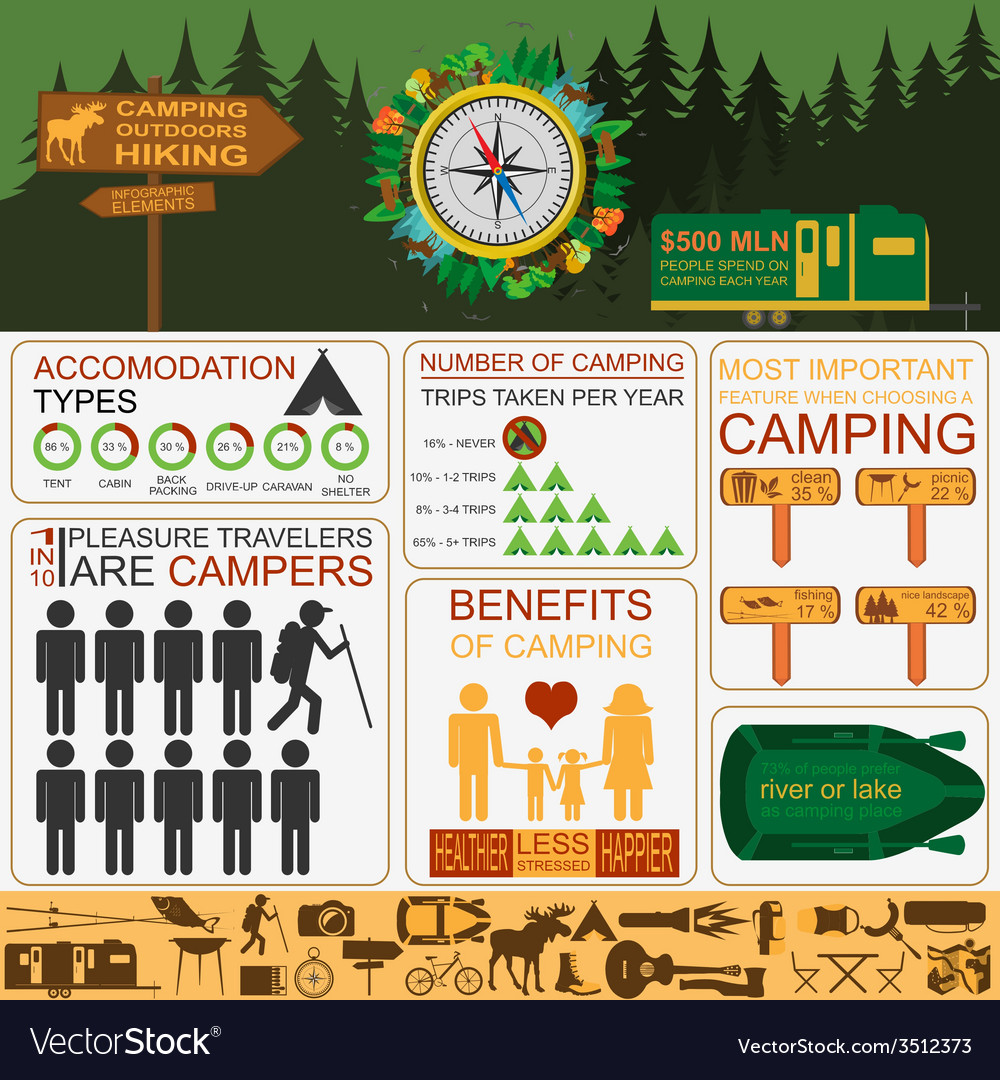Outdoor tents impacts are a fantastic way to protect your tent flooring from abrasions and expand its useful life. Mostly all equipment suppliers supply their very own brand-specific impacts that are developed to match their certain tent models.
What is the lightest weight tent?
This tailored method provides ease of setup and reduces the risk of rainwater seeping in through the seams.
What are they?
Outdoor tents impacts (additionally called outdoor tents ground sheets or under camping tent pads) supply a layer of security between the base of your outdoor tents and the outside atmosphere. They safeguard your tent from sharp objects, moisture, and abrasive surface areas.
The majority of outdoor tents suppliers use their own branded impacts made to fit effortlessly with their assigned shelter models. However, these are typically expensive and reasonably hefty compared to DIY alternatives like Polycryo or Tyvek.
Impacts are commonly made from sturdy, water-proof products such as polyurethane, nylon or silnylon. For ultralight backpackers seeking to minimize pack weight, there are also light-weight, high-strength choices made from Cuben Fiber (Dyneema). It is very important to select a footprint that's a little smaller sized than your camping tent to prevent rain from leaking down the sides of your shelter and funneling beneath you while you sleep-- no person wishes to awaken in a pool! A footprint is a rewarding addition to any type of camping journey. It assists guarantee a long life-span for your tent while adding convenience and assurance.
How vital are they?
Outdoor tents footprints protect the base of your outdoor tents from abrasion and wetness, helping to prolong its lifespan. They're normally made of water resistant and dirt-resistant materials like polyethylene or a light-weight oxford polyester, though the denier of the fabric will certainly vary (the greater the denier number, the thicker and burlier).
A lot of impacts are made to precisely match the shape of your outdoor tents's floor, which aids reduce product waste. Many have grommets or loopholes through which you can weave guylines for shop tents stress and stakes, guaranteeing that the footprint is safely held down.
If you camp in harsh terrain or locations where there's a lot of downed branches and sharp rocks, a camping tent footprint is well worth the included weight and bulk. Yet if you frequently camp in dry, sandy or rough problems, an impact might be overkill. A tarpaulin is a better alternative because situation.
Do you typically load one?
If you're camping on a very level surface where rocks and sticks aren't a problem, a tent impact probably isn't essential. If you are in the backcountry with a great deal of rough surface, a footprint can make life a lot easier.
Footprints are normally sized a little smaller than the base of the camping tent. That's due to the fact that a bigger footprint would capture rain and channel it under the camping tent, where you could awaken in a puddle.
However, impacts can be expensive and hefty if you acquire one from the manufacturer of your camping tent (the Big Agnes Tiger Wall UL 2 impact, for instance, sets you back $70 and evaluates six ounces). You can conserve money and weight by making your very own DIY impact by cutting an item of Tyvek or other waterproof textile to the exact measurements of your shelter. You can also include grommets for simple add-on. The main advantage of a footprint is that it assists to shield the floor of your backpacking camping tent from unpleasant aspects such as rocks and branches.
How do you keep them cleanse?
A producer's impact can add considerable weight to your sanctuary system and if you're an ultralight backpacker attempting to save every ounce, it may not be worth it. Consequently, many backpackers will make use of a DIY groundsheet that's constructed out of something like Tyvek or Polycryo and suffice to dimension for their tent impact.
This alternative is fairly economical and will certainly protect your camping tent from dampness, rocks, thorns, sticks, etc, while likewise aiding to maintain the bottom of your tent completely dry.
If you do determine to purchase a footprint, make certain it's developed particularly for your specific camping tent as this will certainly help in reducing water pooling around the edges of your sanctuary. As an example, if your tent footprint is as well huge and extends past the edge of your rainfly, it will certainly accumulate rains which can seep into lighter-weight camping tents and possibly wear down the floor. Ensure it fits your camping tent rather well to prevent this.
How do I protect my tent from rain?
